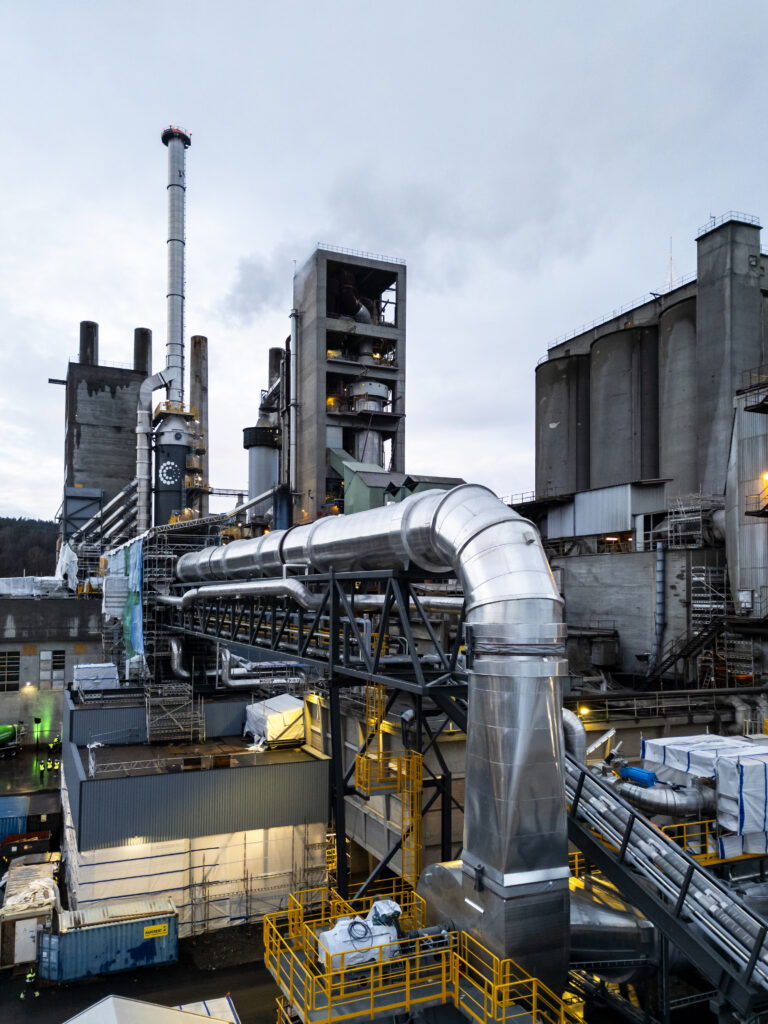
22.04.2025
Longship Nears Operational Launch as CCS Momentum Builds Across Europe
Norway’s carbon capture and storage (CCS) initiative, Longship, is approaching full operational readiness, with major milestones achieved at both the Brevik CCS and Northern Lights facilities.
The two cornerstone projects are now 95.1% and 99.1% complete, respectively, according to the Spring 2025 progress report by Gassnova SF.

Brevik CCS
At Brevik, the CO2 capture facility operated by Heidelberg Materials conducted its first successful “catch-and-release” operation in February. The plant is on track to begin regular operations in summer 2025, capturing approximately 400,000 tonnes of CO2 annually.
Northern Lights
Meanwhile, Northern Lights, developed by Equinor, Shell, and TotalEnergies, has completed commissioning of its CO2 reception terminal in Øygarden. Northern Lights received its first two transport vessels, Northern Pioneer and Northern Pathfinder. The infrastructure will support the permanent storage of CO2 2,600 meters beneath the North Sea.
Oslo CCS
Hafslund Celsio has also restarted construction of the Oslo CCS facility, after receiving final investment approval in January. Set to become one of the world’s first full-scale carbon capture plants for waste incineration, the facility will be operational by 2029 and will capture 350,000 tonnes of CO2 annually, half of it biogenic.
Growing commitment in Europe
Beyond Norway, Europe is showing growing commitment to CCS. Sweden’s Stockholm Exergi is investing SEK 13 billion to build one of the world’s largest carbon removal plants, while the UK has approved its first commercial carbon storage site. The EU’s Net Zero Industry Act and Clean Industrial Deal are also accelerating decarbonization through policy and funding support.
The Longship initiative is positioning Norway as a global CCS leader, supporting the EU’s climate goals and paving the way for industrial carbon removal across the continent. As CO2 capture, transport, and storage systems begin to integrate across national borders, 2025 marks a critical turning point in Europe’s low-carbon transformation.
